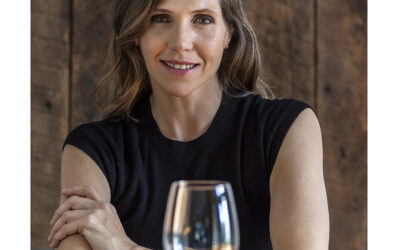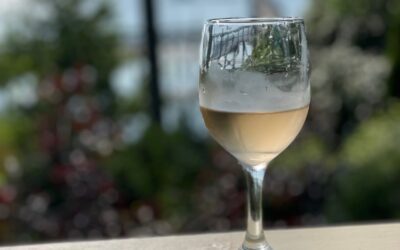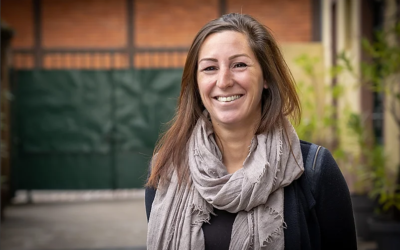I hated Chardonnay for most of my life. Buttery, oaky, full bodied….you know what I mean. I was drinking the typical California style Chardonnay wine like the best selling Kendall-Jackson.
Then I discovered that all Chardonnays are not created equal. On the recommendation of a friend, I tried a Chardonnay from Burgundy, France, the country where this varietal originates, and my life changed.
Now I love Chardonnay, and you can too. Trust me.
The first thing to know about Chardonnay is that it is what is called a “neutral” variety of grape. Unlike aromatic wines, (think of the big bouquet you inhale when drinking a nice New Zealand Sauvignon Blanc), it has a fairly neutral aroma profile. From cool climates you will get citrus and green apple, and as you move to wines from warmer climates, it moves to ripe pears and peaches to melon and tropical fruits. Chardonnay aromas and flavors are all much more subtle than a Sauvignon Blanc or a Riesling, for example.
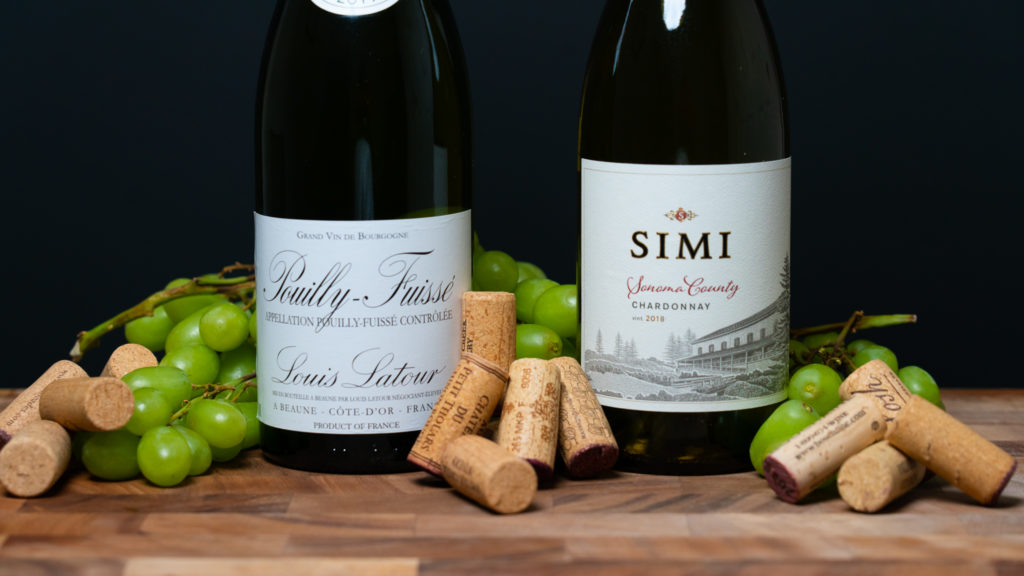
A neutral wine gives the winemaker somewhat of a blank canvas on which to paint. This gives an opportunity to create different styles, which we can summarize as “Old World” and “New World”. You probably are used to drinking a California Chardonnay, from Sonoma perhaps, which is a great example of “New World” style. The winemaker’s craft is evident here, on a foundation of a warmer climate flavor profile – ripe apple, peach, melon, pineapple.
There will be buttery flavors and a creamy texture, along with less acidity from malolactic fermentation or MLF. This is a process that converts tart malic acid (think green apple) to smoother, softer lactic acid (as in milk!). MLF produces diacetyl, which is the chemical that gives butter its distinct flavor).
In New World style Chardonnays, oak fermentation and/or ageing is the norm, and it is often new oak, which imparts vanilla, toast, nd spice notes to a wine. This is also often accomplished in less expensive wines by putting oak chips or staves into a stanless steel vat to impart oak flavors.
These primary and secondary flavors from MLF and use of oak intermingle to give the typical “New World” Chardonnay – the style I unfortunately do not really enjoy. Give me citrus, fruit, lightness and acidity please!
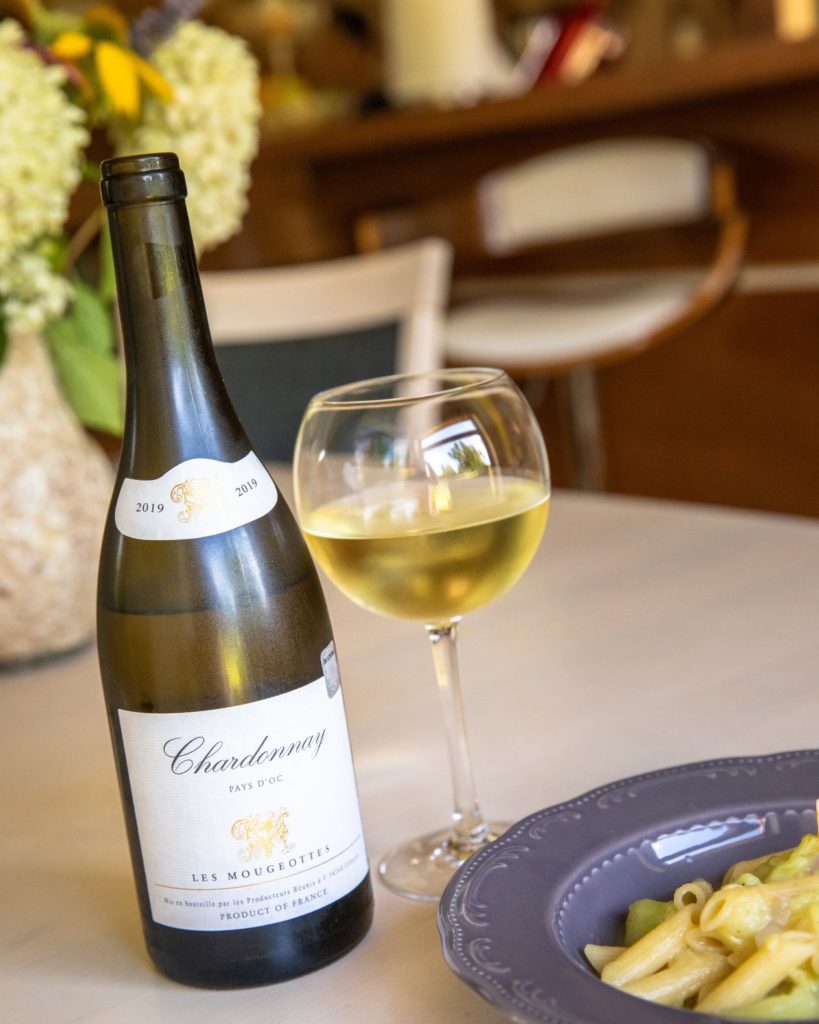
Since Chardonnay is originally from France, you will find a style there that does not involve a lot of secondary flavors (ones from the winemaker) but rather a reflection of the place where it is grown, what we call terroir. There will be more acidity, perhaps a bit of buttery flavors from malolactic conversion, maybe a little subtle oak flavor, or none at all, but you will taste the primary fruit flavors
Try a Chablis or Pouilly-Fuisse or even a Macon (all from Burgundy, where Chardonnay reigns supreme) to get an idea of this style. You’ll find a difference from the cooler wines (Chablis) to the warmer climate wines (Macon or even Pays d’Oc from the south of France).
Chardonnay is one of the most popular grapes in the world, so you will find it grown everywhere. I invite you to try a Western Australia, Margaret River or Barossa Valley Chardonnay, which may have notes of peach and tangerine, along with floral and vanilla aromas. You’ll find Chardonnay from Chile’s Limari Valley (notes of banana and melon) and in New Zealand (Hawke’s Bay and Nelson, as well as Marlborough). Even Italy and South Africa make nice Chardonnays that are fun to experiment with. Here are a few very reasonably priced recommendations:
- Schild Estate Unwooded Barossa Valley (Australia)
- Kim Crawford Unoaked Chardonnay (New Zealand)
- Louis Jadot Pouilly-Fuisse (Burgundy, France)
- Luois Jador Macon-Villages (Burgundy, France)
- Toad Hollow Unoaked Chardonnay FRANCINE’S SELECTION (California)

